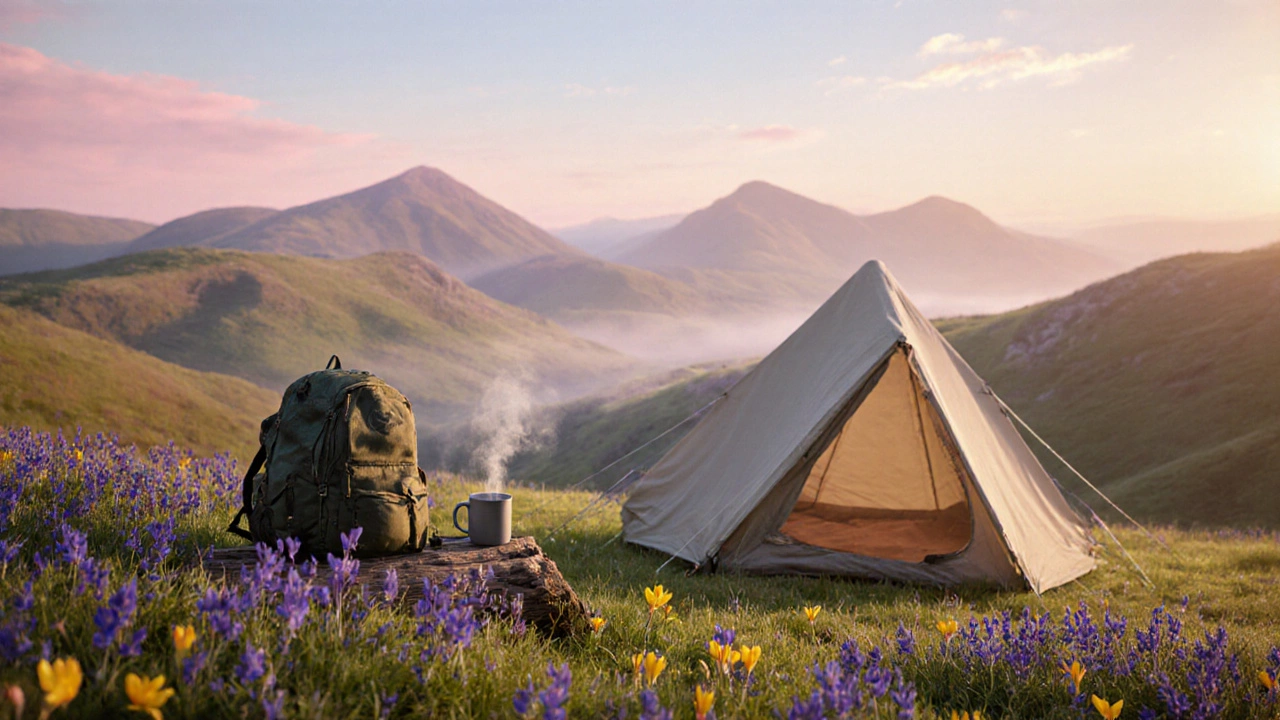Best Time to Camp UK: Choosing the Perfect Season for Your Outdoor Getaway
When planning a camping trip, knowing the best time to camp UK, the period that offers the most reliable weather, longest daylight, and open campsites across Britain. Also known as optimal camping season in Britain, it helps you avoid soggy tents and full‑booked sites.
best time to camp UK isn’t a one‑size‑fits‑all answer; it hinges on a few key factors that travelers keep checking. The first factor is UK weather, the unpredictable mix of rain, sunshine, and temperature that shifts dramatically from coast to inland. You’ll hear locals say “May and June are the sweet spot” because the rain eases and the temps climb without the heat of midsummer. This weather pattern directly influences the length of daylight, which in turn determines how much time you have for hikes, campfires, and stargazing.
The second factor is campsite availability, the open slots at both commercial sites and wild‑landing spots that fluctuate with school holidays and local events. When the summer rush hits, popular spots in the Lake District or Cornwall fill up weeks in advance, so early May or late September often give you the freedom to camp where you want without a last‑minute scramble. Checking online booking calendars and local authority guidelines before you go saves you from a night of sleeping on a cold bench.
Another piece of the puzzle is national parks, protected areas like Snowdonia, Peak District, and the New Forest that have specific open‑season rules and visitor caps. These parks tend to open their campgrounds earlier in the spring, but they may restrict certain spots during the breeding season for wildlife. Knowing the park’s calendar lets you pick dates that respect nature while still enjoying the stunning landscapes.
Don’t forget the impact of holiday periods, school breaks, bank holidays, and festival weekends that drive up demand and sometimes alter local regulations. If you can steer clear of Easter, August school holidays, and the December festive rush, you’ll find cheaper rates and quieter sites. On the flip side, planning a camp around a local fair can add a cultural twist to your adventure, just be ready for extra crowds.
Quick checklist for picking your dates
1. Look at historic rain averages – March to May and September to October usually offer the driest days. 2. Verify daylight hours – aim for at least 10‑12 hours of sun to maximise activities. 3. Scan campsite booking portals – slot in a week when demand dips, often the first two weeks of June or the last week of September. 4. Check national park notices – they list any seasonal restrictions or wildlife protections. 5. Align with your own schedule – avoid school holidays if you prefer solitude, or embrace them for family fun.
With these pointers, you’ll be able to line up your calendar, gear, and destination so the trip feels effortless instead of a scramble. Below you’ll find a hand‑picked collection of articles that dive deeper into legal camping rules, beach camping tips, glamping versus traditional camping, and everything else you might need to fine‑tune your perfect UK outdoor escape.
Best Time of Year for Camping in the UK - Seasonal Guide
Discover the ideal UK camping season with a detailed guide on weather, crowds, costs and activities for spring, summer, autumn and winter.
